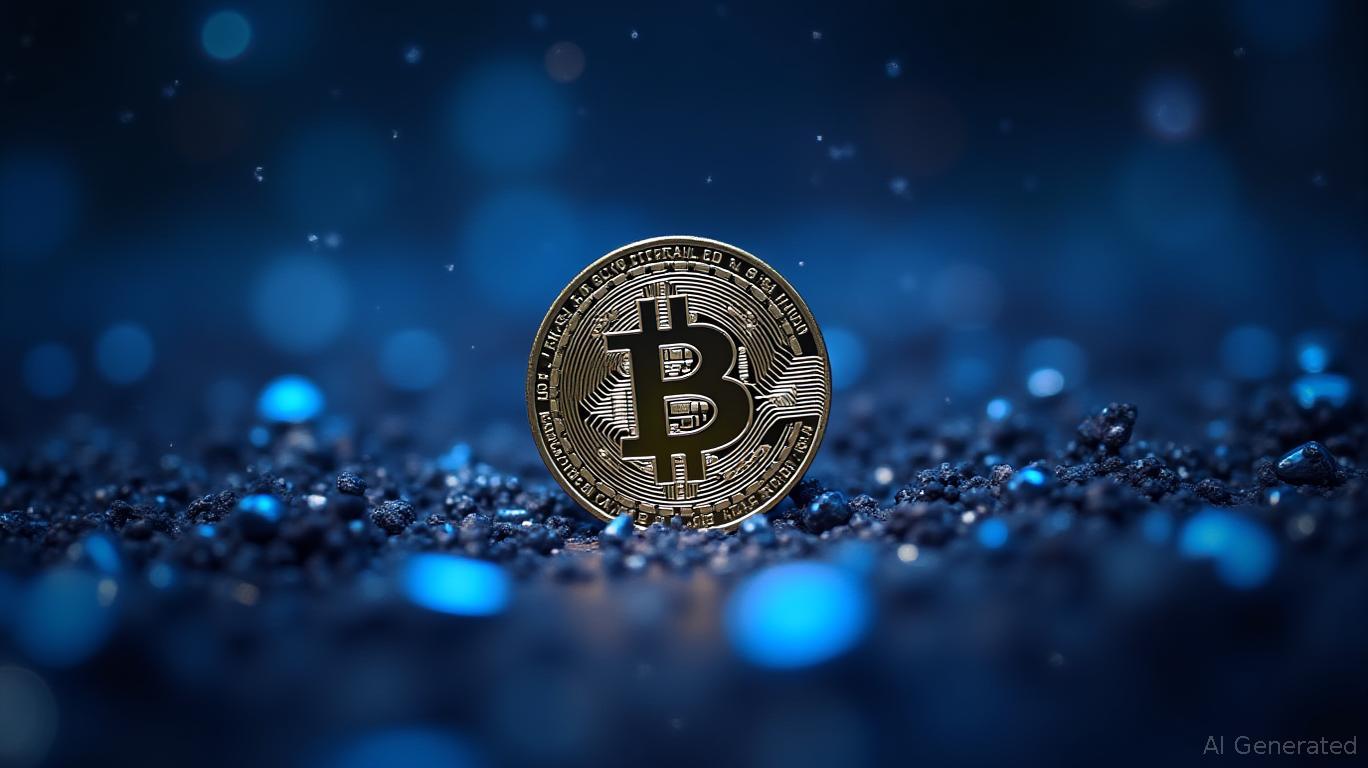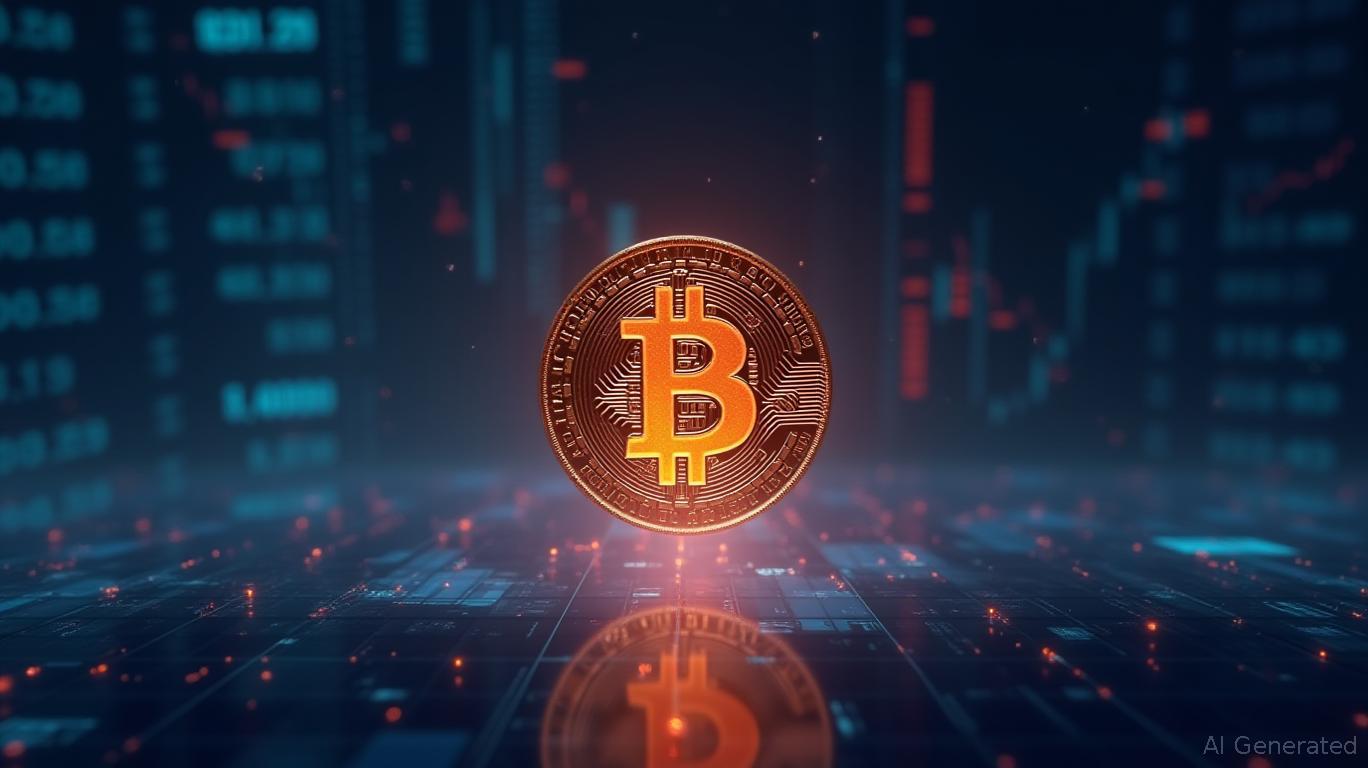AInvest Newsletter
Daily stocks & crypto headlines, free to your inbox
Ripple has secured indirect access to the U.S. Federal Reserve’s payment infrastructure through two strategic channels: the FedNow real-time payments system and the SWIFT global messaging network. This development, highlighted by crypto analyst SMQKE on X, positions Ripple as a key enabler of cross-border and domestic financial transactions, leveraging partnerships and technical integrations rather than direct Fed membership [1].
The first pathway involves Ripple’s collaboration with FedNow-certified service providers, including Finastra, a major player in financial infrastructure. Through these partners, Ripple’s blockchain-based solutions—such as RippleNet and XRP-powered liquidity tools—are being integrated to accelerate settlement processes for banks within the FedNow ecosystem. While Ripple does not hold a direct Fed account, its partners, who do, act as intermediaries, granting Ripple access to real-time payment rails. Industry data indicates that over 70% of FedNow service providers already have ties to Ripple, either directly or via vendors like FIS [1]. This network effect underscores Ripple’s growing influence in the U.S. instant payment landscape.
The second channel centers on Ripple’s alignment with SWIFT, the global standard for interbank messaging. Though no formal partnership has been announced, banks have conducted trials using XRP for cross-border settlements alongside SWIFT’s ISO 20022 messaging protocol. Ripple’s compliance with this standard—shared by both FedNow and SWIFT—facilitates interoperability between blockchain and traditional systems. Analysts speculate that Ripple could eventually handle up to $20–30 trillion in SWIFT’s annual $150 trillion cross-border volume, should full-scale integration materialize [1]. Such a scenario would position XRP as a critical liquidity bridge in global finance.
Ripple’s ISO 20022 compliance is a foundational element of these integrations. By adopting this global standard, Ripple ensures seamless communication between its XRP Ledger and legacy systems like FedNow and SWIFT. This compatibility reduces technical barriers for
seeking to modernize cross-border payment workflows while adhering to regulatory frameworks [1]. The company’s ability to harmonize blockchain innovation with established protocols reflects a broader industry shift toward hybrid financial infrastructure.The implications of Ripple’s dual-channel access extend beyond its immediate business goals. For banks, the integration of Ripple’s technology with FedNow and SWIFT could streamline cross-border transactions, lowering costs and settlement times. In an era where institutions face pressure to upgrade outdated systems, Ripple’s hybrid model offers a pragmatic solution. By bridging decentralized and centralized systems, the company may accelerate global adoption of real-time payments while mitigating risks associated with crypto volatility [1].
Critically, Ripple’s indirect access does not equate to direct participation in Fed policymaking. Instead, it reinforces its role as an infrastructure provider, enabling faster, cheaper transactions through partnerships and standards alignment. This strategic positioning aligns with broader fintech trends prioritizing interoperability. While traditional processors and competing blockchain firms remain key players, Ripple’s unique access to both FedNow and SWIFT gives it a distinct edge in the cross-border payments market [1].
Source: [1] [title: Ripple Gains Indirect Access to Fed via These Two Powerful Channels] [url: https://timestabloid.com/ripple-gains-indirect-access-to-fed-via-these-two-powerful-channels/]
Quickly understand the history and background of various well-known coins

Oct.31 2025

Oct.31 2025

Oct.31 2025

Oct.31 2025

Oct.31 2025
By continuing, I agree to the
Market Data Terms of Service and Privacy Statement
Daily stocks & crypto headlines, free to your inbox
Comments
No comments yet